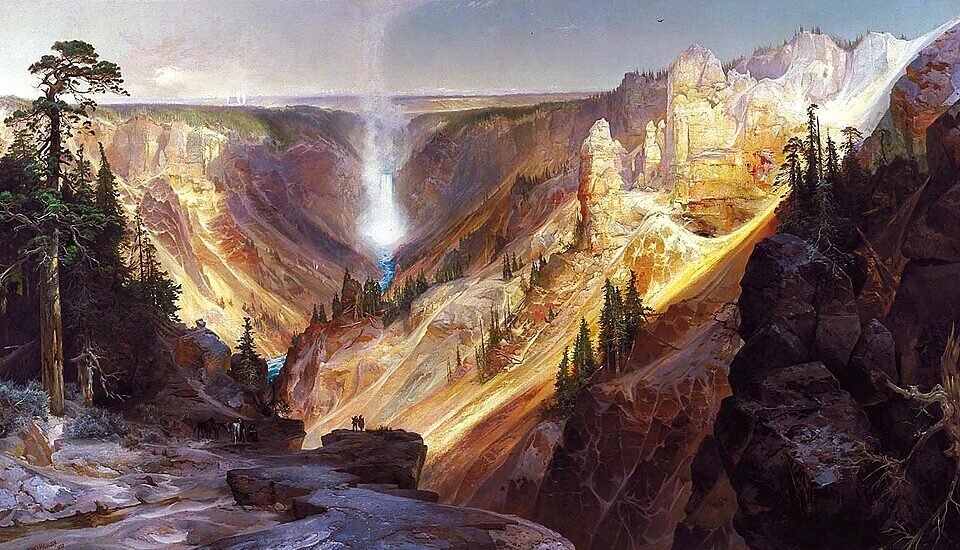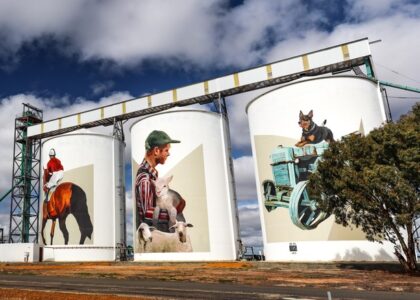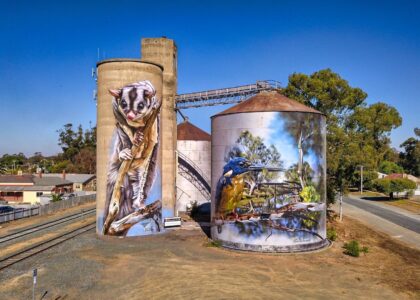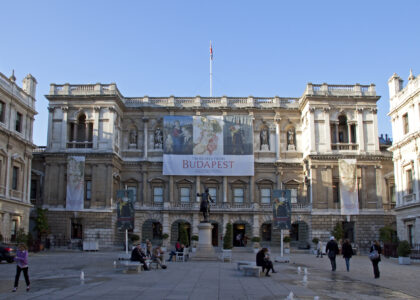As you explore the beautiful landscapes of Yellowstone, take a moment to consider the remarkable contributions of Thomas Moran, a pivotal figure in the park’s history. Thomas Moran, an American painter born in 1837, accompanied the 1871 Hayden Geological Survey to the Yellowstone region. Before Moran’s involvement, the area was known mostly through oral stories and sparse descriptions. The visual impact of Moran’s art provided the American public and Congress with vivid imagery of the breathtaking beauty and unique landscapes of Yellowstone. His paintings, particularly those capturing the Grand Canyon of the Yellowstone, played a crucial role in persuading the U.S. Congress to establish Yellowstone as the first national park in the world in 1872.
Moran’s work was not just artistic but had a profound impact on conservation efforts. His paintings, along with photographs by William Henry Jackson, were instrumental in the conservation movement, showcasing the natural wonders that needed protection from exploitation. Moran’s art was more than just landscape painting; it was a vital component in the campaign to preserve America’s natural heritage.
Over the years, Moran’s legacy continues to be celebrated, not only in art galleries but also in the very existence of the national parks that owe part of their protection to his work. Yellowstone, with its geothermal features and vast ecosystems, stands as a testament to the power of art in shaping public policy and conservation efforts. As you reflect on this history, imagine the landscapes through Moran’s eyes, capturing the raw and untamed beauty that still captivates visitors today.






